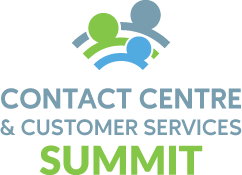Call Centre Management – Getting it right from the start

By Simon Black, CEO, Awaken Intelligence We all know how having a great contact centre manager can make the world of difference to managing your team of agents and delivering outstanding campaigns. However, with the news that Oracle, alone, sent more than 100,000 customer service agents home to work, how can you ensure that you’re still delivering […]
Call Centre Management – Getting it right from the start

By Simon Black, CEO, Awaken Intelligence We all know how having a great contact centre manager can make the world of difference to managing your team of agents and delivering outstanding campaigns. However, with the news that Oracle, alone, sent more than 100,000 customer service agents home to work, how can you ensure that you’re still delivering […]
Everything you should know about customer experience mapping

By Simon Black, CEO, Awaken Intelligence Having the right people, the right tools and adding in the right approach is all part of the mix in creating the right level of service for your customers. But how do you know what they really want at different stages of their journey with your brand and how […]

